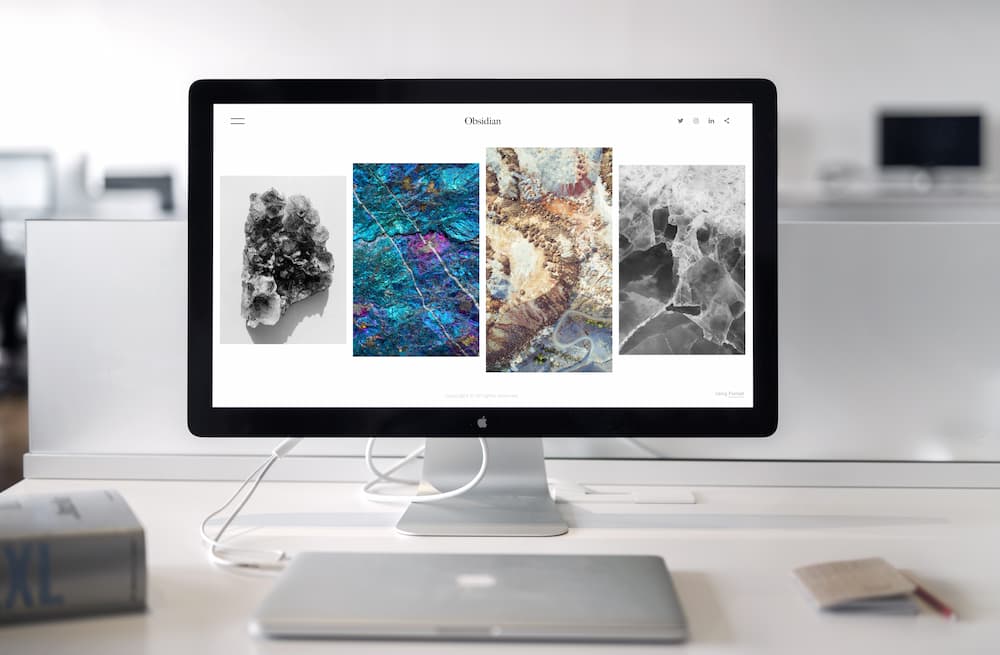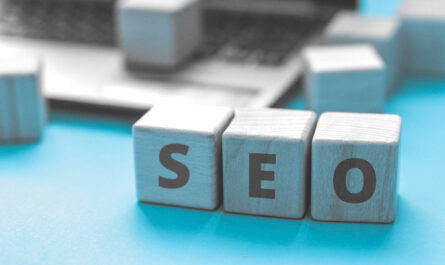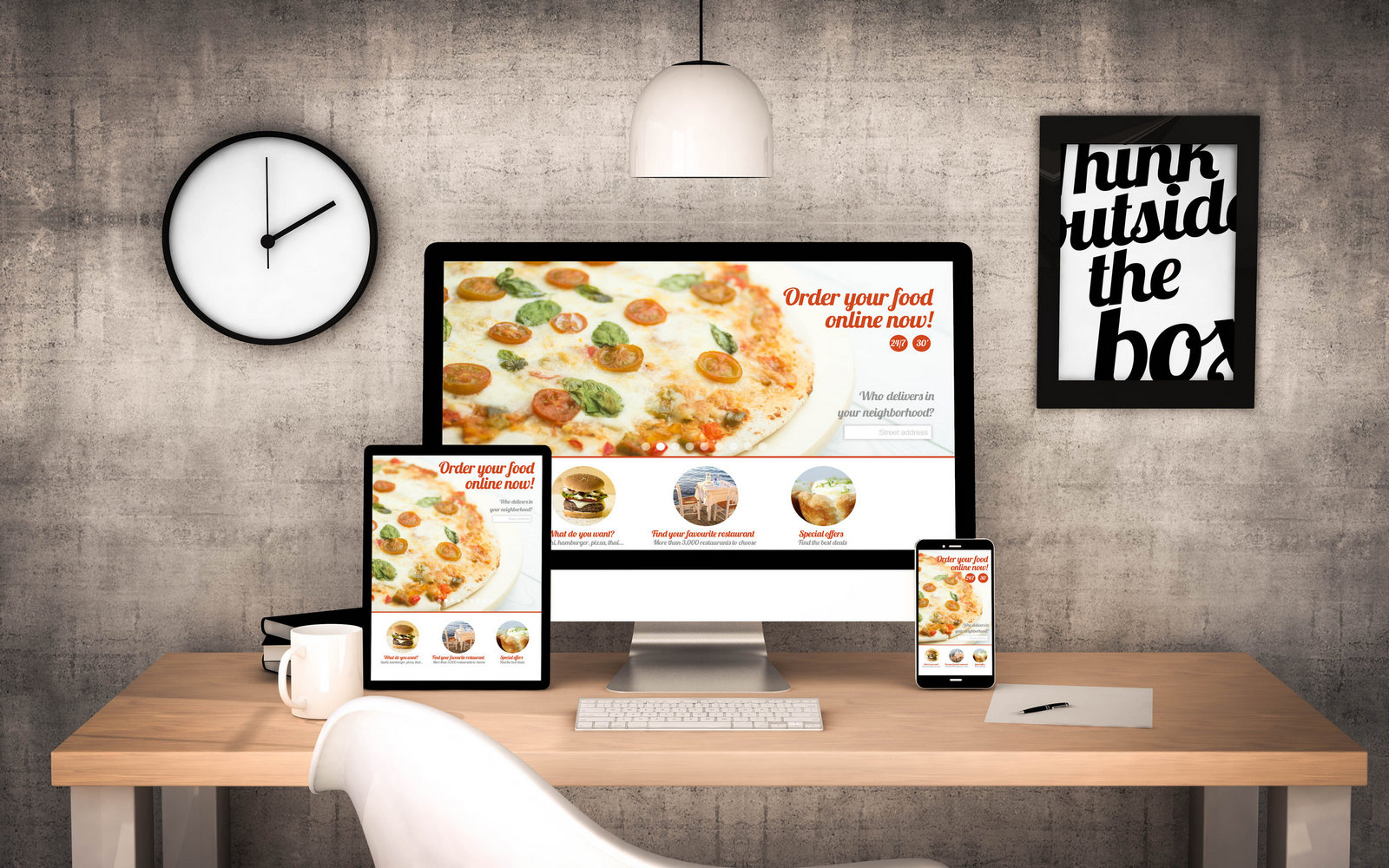The Internet is the element in which everything changes with the speed of a Formula 1 car. Understanding what a modern website should be like determines the trends in website creation. Web 2.0 was long out of date, and Web 3.0 was outdated by the time it was formulated. Now a new trend is taking shape with the prospect of long-term relevance since it is formed not based on artificially cultivated concepts but on user experience. Who sets new trends? Gen Z people were born in 1996 and later. They are the first fully digital contemporaries. They are accustomed to the fact that they can go online at any time and find what interests them. Among the abundance of resources, they choose those that:
- respond to their requests;
- attract visually;
- work quickly.
Therefore, during the development of the site, the following should be clearly thought out:
- how convenient the site will be;
- how people will find it on the Internet;
- what kind of advertising will attract, not scare away, users.
And even if your target audience is not Generation Z at all, your site should still meet their requirements as much as possible because search engines use the same criteria for ranking. Here are the levels to watch out for.
Level 1. Information
When you type a query into a search engine, you expect to get a result that will cover your need for some knowledge. And the clearer the answer to the request is, the more sympathy will be for the resource that has shared the information with you.
If you are looking for a coffee machine, then at a comparable price, you will buy it on the website, which will explain it in more detail. You want to get not a stingy set of technical characteristics but a page that simply, clearly, and concisely tells what this coffee machine can do and how it differs from other models.
When you decide to sheathe the balcony with a clapboard, then stay on that website, which will tell you in as much detail how to do it and warn you about all possible problems. Even if you want to relax and spend 20 minutes on funny pictures and anecdotes, you will also choose a site that will not throw out a bunch of dubious humor but will offer really high-quality content.
The future belongs to the sites that correctly share the correct information. They are already confidently occupying the top search engines in order to bring profit to their owners. Filling the resource with useful content is half the battle; you still need to ensure that the path to obtaining information on the site is intuitive and straightforward. For this, it is essential to think over its structure and the logic of user behavior.
Level 2. Visual
How does any conversation usually begin when you come to order a website in a studio? Of course, with a discussion of Design. “Modern trends,” “you will stand out from the competition,” “design like N”… Design is very important, but should it come first? How will a potential buyer of your online store search for what he needs? Is it possible to type in “the most beautiful site with irons” into the search line?
And again, we return to the informational component and the requirements for modern websites. Design should emphasize information, not obscure it. What’s the value of an excellent graphic if people don’t see what you offer behind it?
And what a painful process is to fill the ideal site with content. The texts do not fit; they are not good enough, and so on. There are hundreds of “beautiful” sites. Therefore, in creating sites, everything is like in life: beauty must be smart.
Level 3. Speedy
Let’s consider a hypothetical situation. Two people are about to launch a sporting goods store in some city. One of them follows the traditional path and wants to create a monumental, solid site with individual development immediately. His site will be thoroughly “prepared” in 6-7 months, and you can not worry about the result if you have chosen a reliable contractor.
As a result, a high-quality product will be received.
The second businessman takes a different path. He quickly creates the site’s main functionality – the main thing is that you can put the product in the basket and place an order. He abandons the multi-stage, sophisticated filter system in the catalog and other things. The budget is spent not on developing an ideal site but on filling it with high-quality information, advertising, SEO, starting social networks, using analytics, and collecting data in CRM. Naturally, the second site will look not as impressive as the first one. But:
- it pays for itself and makes a profit;
- the way of how to develop further and what to change on the site is clear;
- the site is already bringing money for the further development of the resource.
As a result, six months later, the first businessman is still at the start, albeit with a ready-made website, and the second is selling with might and main. Where do you want to be?
Level 4. Attracting customers
A site is a tool for achieving results. The result can be different: making a profit, improving reputation, delivering information, etc. But the availability of a tool does not guarantee the achievement of the goal. For example, if you need to hammer in a nail, then:
- you will need a tool – a hammer;
- you need a nail;
- and finally, you need to act: knock on the nail with a hammer.
So if you have a website (hammer), but do not have everything else, then you will not drive your nail.
This is the point that must be clearly understood.
The site itself will not start generating income. For clients to come to you, you need to tackle it closely. And ideally – not to postpone such important accompanying activities as developing a marketing strategy and promoting on the Internet.

You need to identify which requests in your niche bring customers and use this information when developing the site structure and further promotion, and prepare unique content for them. It is necessary to understand how the visitor behaves on the site, find and eliminate weak points, highlight and emphasize the strengths.




